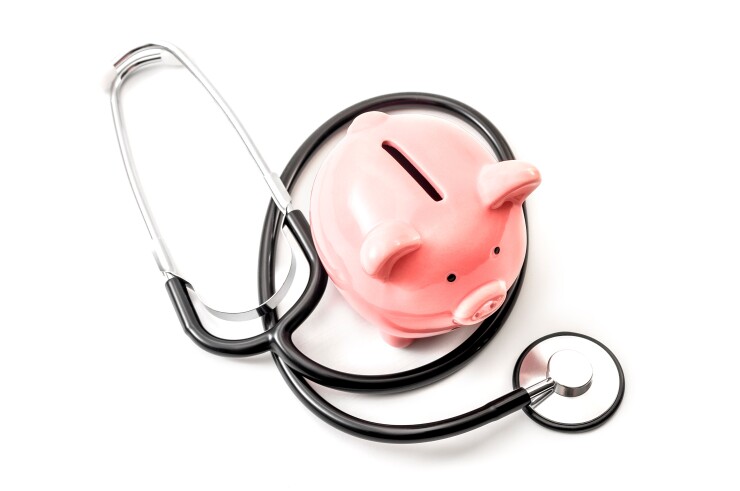
Victor Moussa – stock.adobe.com
The
The OCC recently released a
This arrives as consumer trust in U.S. banks continues to fall significantly, with a new
Dozens of banks, credit unions and fintechs have been experimenting with financial health measurement for more than five years, largely through periodic customer surveys, and a small but growing number have
Acting Comptroller Michael Hsu
“Imagine if there were clear and objective measures of consumers’ financial health,” Hsu said. “… Consumer financial product offerings could be better aligned with customer needs. … Banks that support customers’ efforts to improve their financial health would enhance their customer relationships and demonstrate that the banks truly have their back and can be trusted.”
Banks play an important role in the financial lives of their customers. They could be even more effective partners if they had a simple, objective, accurate approach to taking their customers’ temperature, so to speak, and knowing what the equivalent of a fever looks like. As the Financial Health Network has long said, and as Hsu repeated, what gets measured gets managed.
The OCC defines consumer financial health in much the same way the Financial Health Network does: having stable day-to-day finances, resilience to withstand shocks and security for the future. The three vital signs the agency has identified — positive cash flow, liquidity buffer and on-time payments (or a prime credit score) — help measure the state of customer financial health. In addition, the agency has suggested a benchmark for each indicator. For instance, to measure the presence of a sufficient liquidity buffer, the agency suggests a threshold of $1,000 of available funds. These benchmarks are expected to evolve and may differ for different customer segments based on the research and insights that banks undertake while implementing the vital signs.
The recommended metrics are based on dozens of conversations with bankers, consumer advocates, researchers and others. Hsu and the OCC are eager for banks to pilot them, share their learnings and continue to refine them in ways that ensure they are both easy to measure and an effective signal.
The Vital Signs initiative builds on the Financial Health Network’s efforts to jump-start the financial health movement by engaging with more than 100 organizations to measure the financial health of their customers and workers. Some, like
Beyond determining the best measurement scheme, banks have work to do to develop the “prescriptions” they will offer customers in response to what they learn from the data. While banks cannot control the macroeconomic conditions or life events that contribute to their customers’ financial health, they have the opportunity to offer a range of products, solutions and tools that can help their customers manage their finances through both good times and bad.
For consumers with negative cash flow, banks may not be able to manufacture money, but they can offer tools that will help consumers understand their expenses and even lower them — for example, by finding and eliminating zombie subscriptions, or by making customers aware of the late fees they are incurring and offering them alternative ways to avoid them.
Similarly, for those with an insufficient cash buffer, banks have a wealth of options for helping customers
I commend the OCC for encouraging banks to shift the way they view their ultimate purpose, from delivering financial products to helping their customers achieve positive financial health. If financial health is what truly matters, then it’s time we measure it.
